Aqueduct Of Segovia: History, Engineering Marvel, And The Legend Of The Servant Girl’s Deal With The Devil
The Aqueduct of Segovia, known as ‘Acueducto de Segovia’ in Spanish, is a remarkable piece of ancient Roman engineering located in the city of Segovia, Spain.
This structure was built nearly 2,000 years ago.
It is one of the best-preserved Roman aqueducts in the world and has become a city symbol.
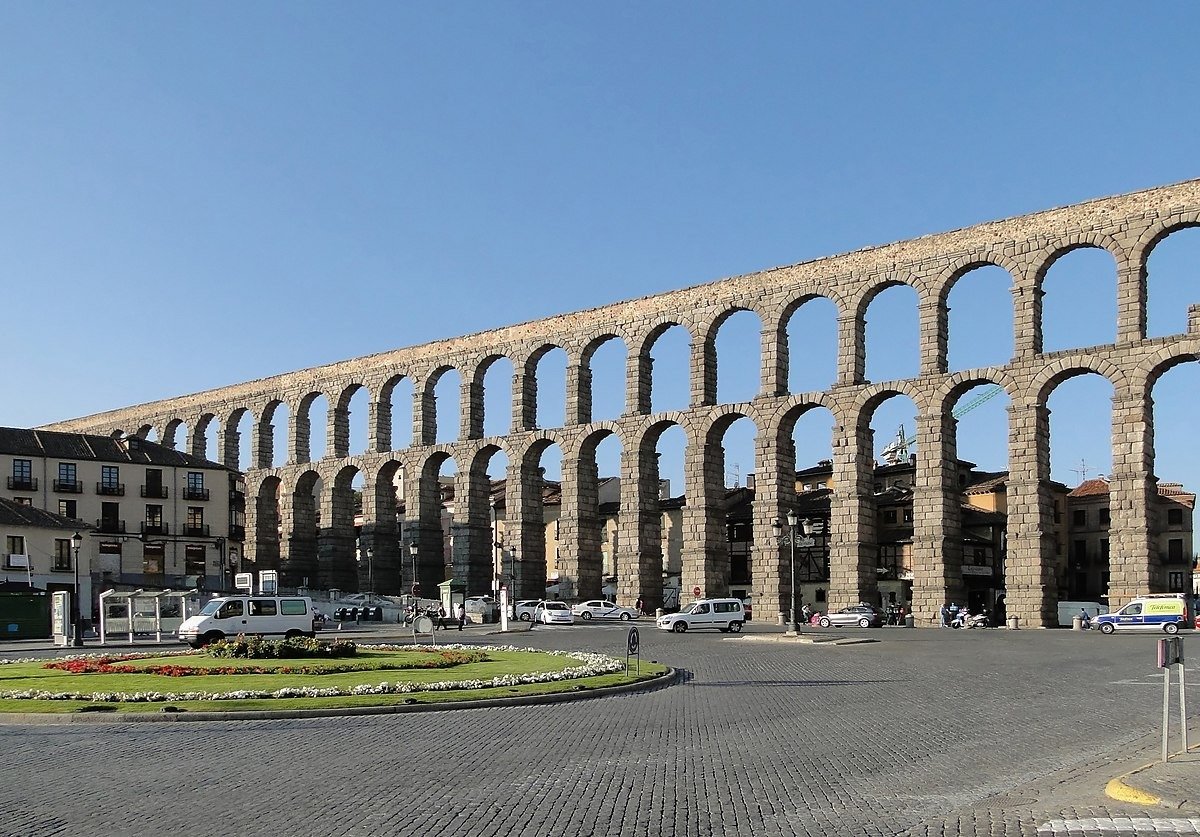
Historical Significance
The Aqueduct was constructed during the reign of Emperor Domitian (AD 81–96) and completed around 98 AD.
However, recent archaeological evidence suggests that the project might have been completed in the early 2nd century, possibly during the rule of Emperor Trajan or Hadrian.
The aqueduct was designed to channel water from the Rio Frio River, located 17 kilometers (about 11 miles) away in the nearby mountains, directly into Segovia.
This water was essential for the city’s public baths, fountains, and even private homes, making the aqueduct a crucial part of daily life.
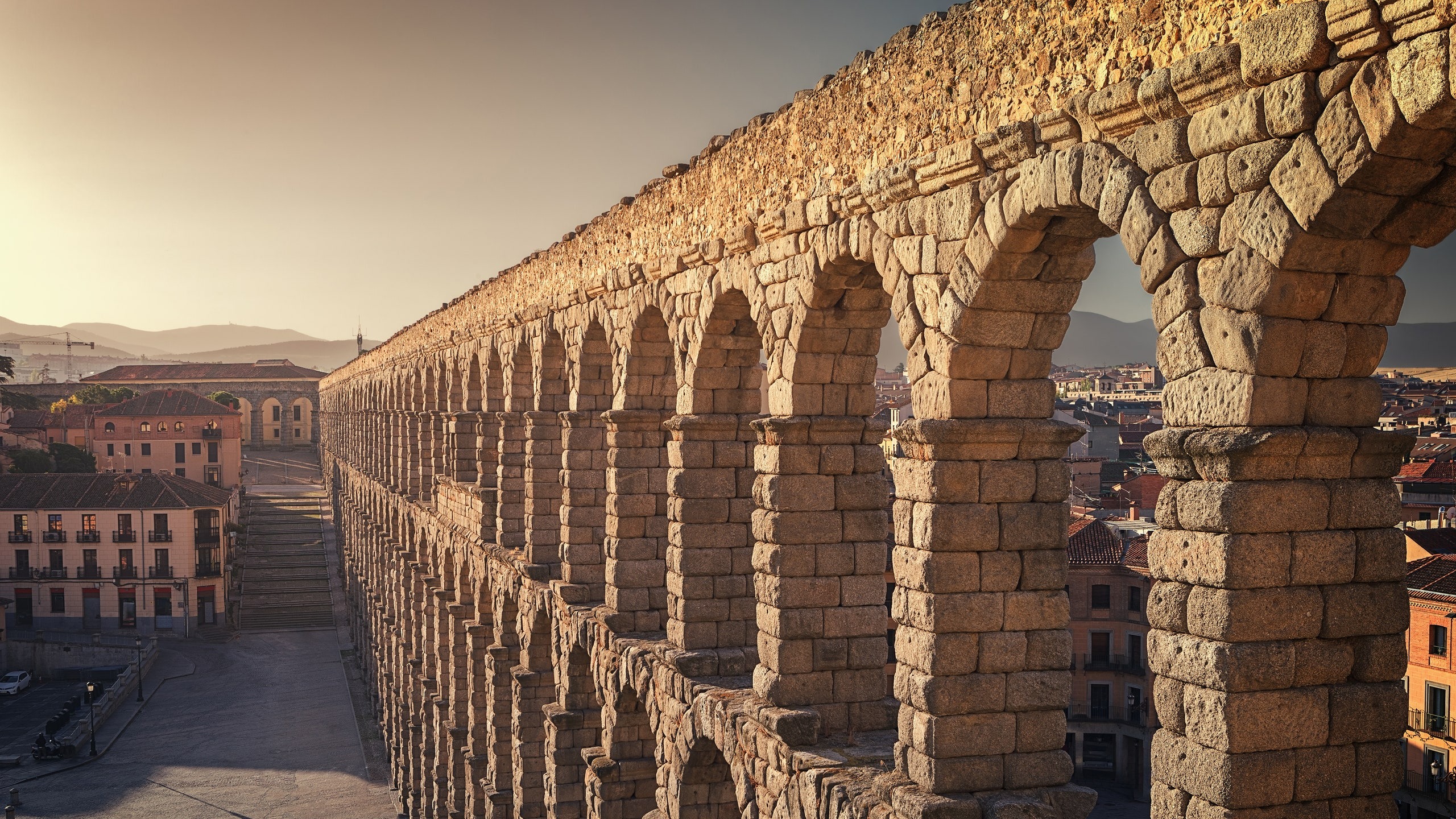
Before the Romans arrived, Segovia was inhabited by the Arevaci people.
When the Roman troops were sent to secure and control the region, many stayed and eventually settled in Segovia.
The aqueduct served as a critical infrastructure, showing their advanced skills in building and urban planning.

A Masterpiece in Roman Engineering
The Aqueduct of Segovia is a masterpiece in Roman engineering, adhering to the principles laid out by the renowned architect Vitruvius in his treatise, ‘De Architectura’.
It stretches over 15 kilometers (about 9 miles) before reaching the city, where it stands out with 167 arches, some of which are nearly 29 meters (about 93 feet) tall.
The aqueduct was built without using any mortar to hold the stones together
The Romans used huge granite blocks that fit perfectly together, creating a structure strong enough to last for centuries.
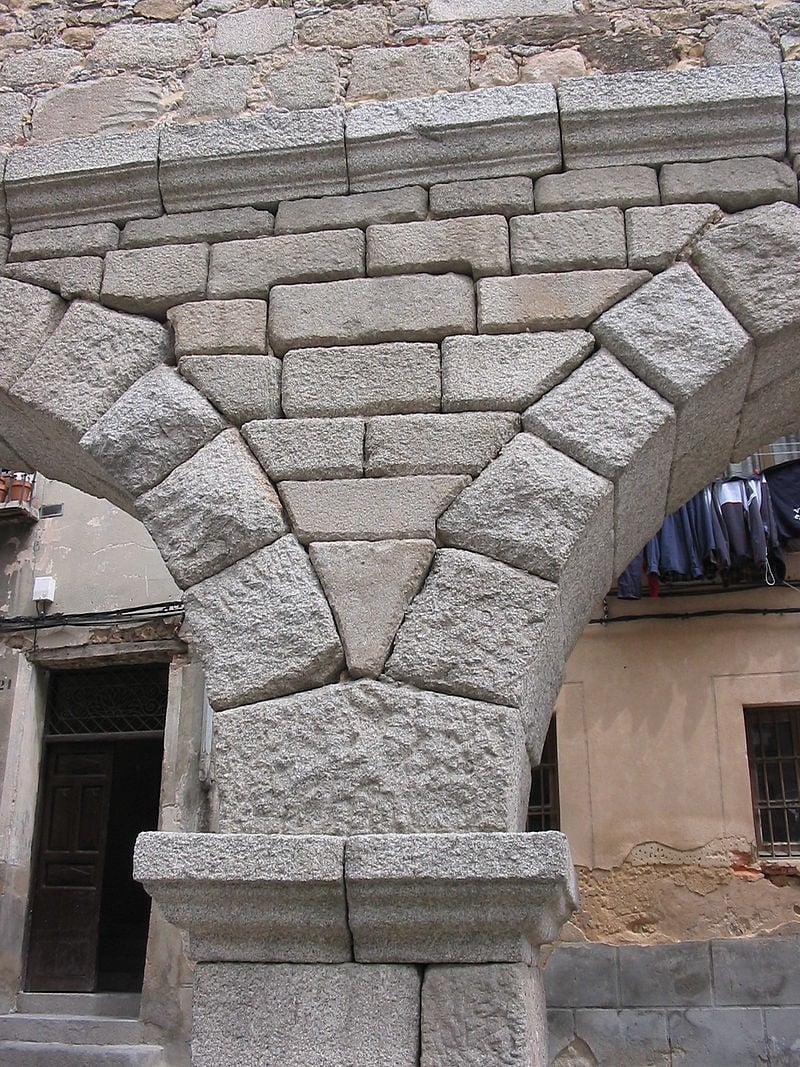
The aqueduct’s journey into the city is marked by a series of arches, including 75 single arches and 44 double arches.
The structure’s upper level, where the water channel is located, features arches that are narrower and shorter than those on the lower level.
This design was carefully calculated to balance the weight and distribute pressure, which helped the structure remain stable and functional over the years
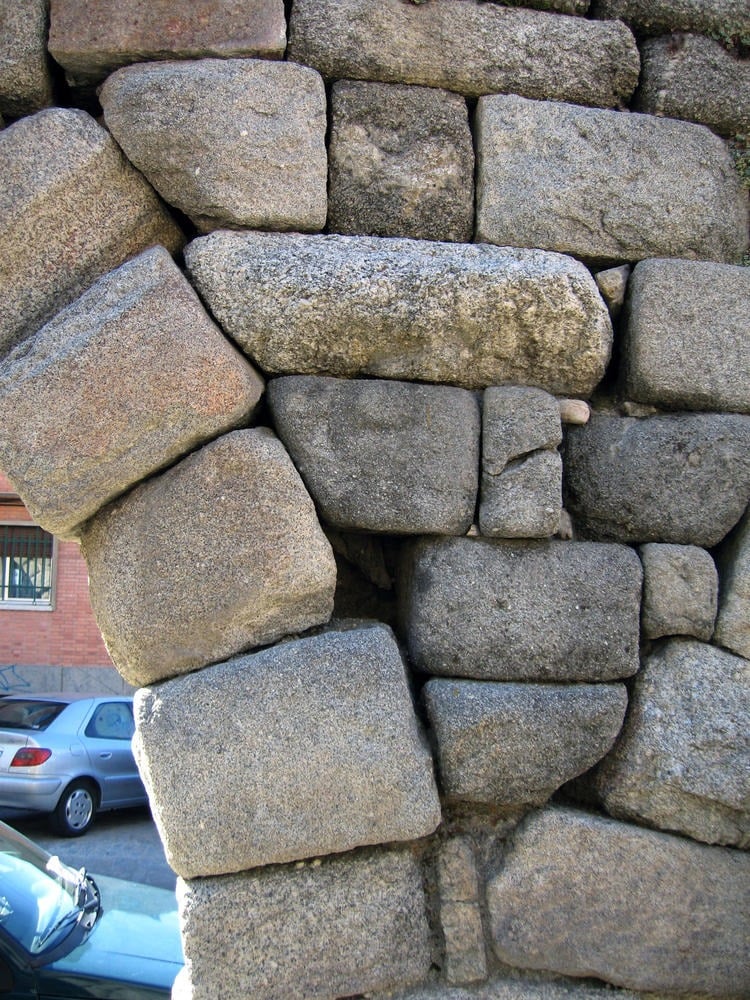
Restoration and Preservation
Over the centuries, the aqueduct has needed some repairs.
The first major restoration happened in the 15th century, led by Don Pedro Mesa under the rule of the Catholic Monarchs, Ferdinand and Isabella.
They rebuilt 36 arches that had been destroyed during the Moorish occupation in 1072.
Later, in the 16th century, statues were added to the structure, including one of the Virgin of Fuencisla, Segovia’s patron saint.

By the 1970s, the aqueduct was in urgent need of conservation due to pollution, erosion, and even plants growing in its cracks.
In 2006, the World Monuments Fund (WMF) placed the aqueduct on its World Monuments Watch list to ensure it received the attention it needed.
This led to efforts by local and international groups to preserve and protect the aqueduct, ensuring it remained a part of Segovia for many more years.

A Legend Surrounding the Aqueduct
The Aqueduct of Segovia is not only a feat of engineering but also the subject of local legend.
According to the tale, a servant girl, tired of having to fetch water from the valley, made a deal with the Devil.
In exchange for her soul, the Devil promised to build an aqueduct in just one night.
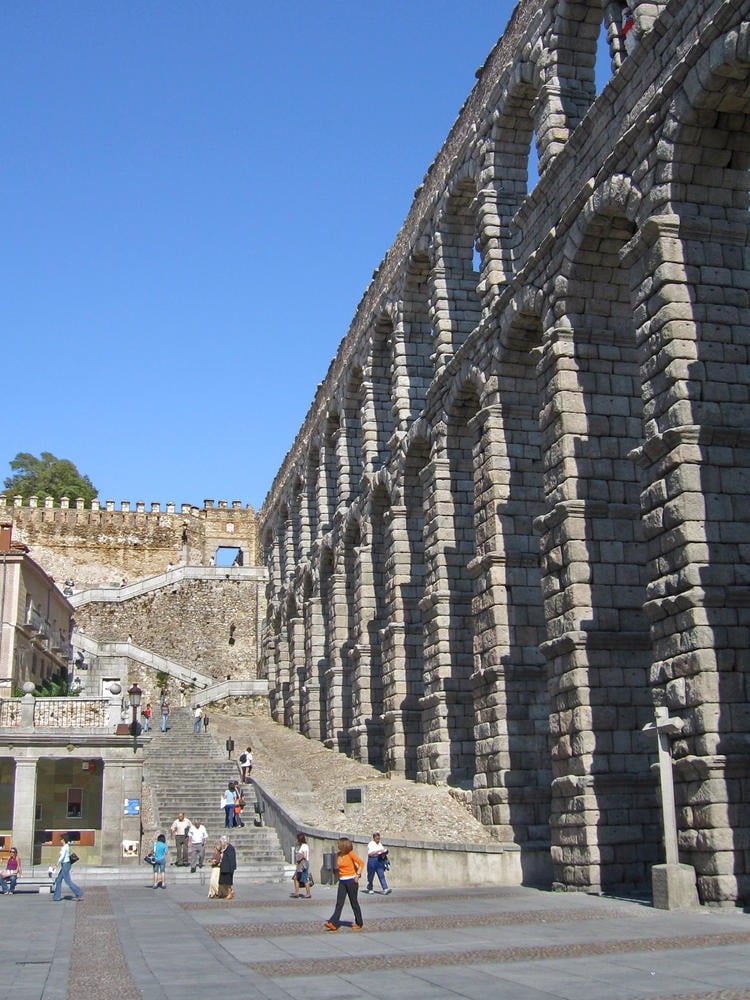
However, the girl regretted her decision and prayed to God.
Her prayers were answered.
Just as the Devil was about to place the last stone, the morning cock crowed, and the Devil lost his claim.
Today, a statue of the Virgin of Fuencisla stands in a niche on the aqueduct, marking the spot where the Devil was supposedly defeated.

In 1985, the Old Town of Segovia and the aqueduct were rightfully designated as a UNESCO World Heritage Site, acknowledging its significance not only to Spain but to the world.


